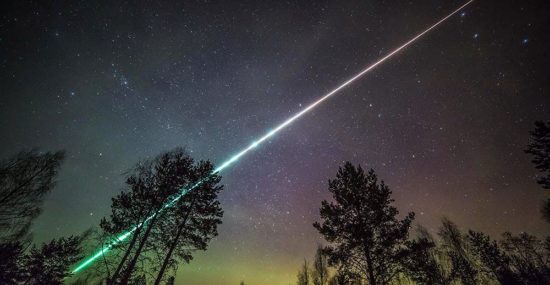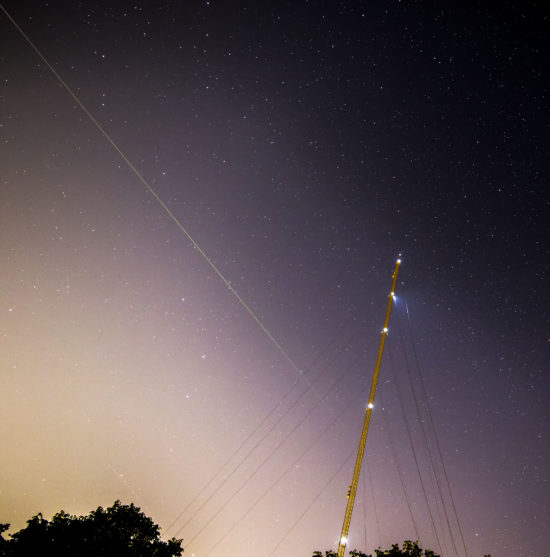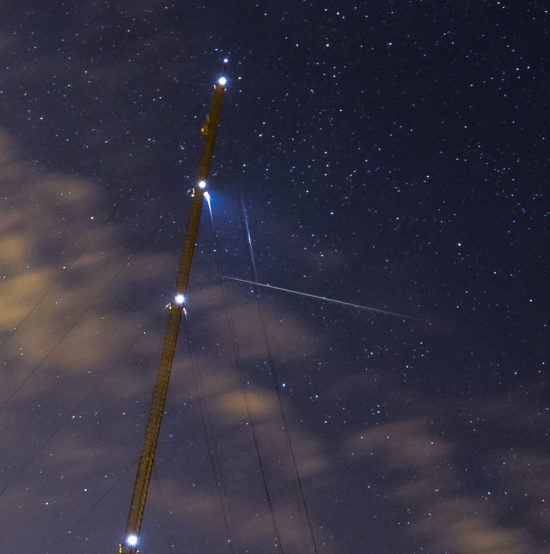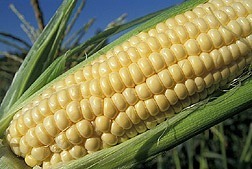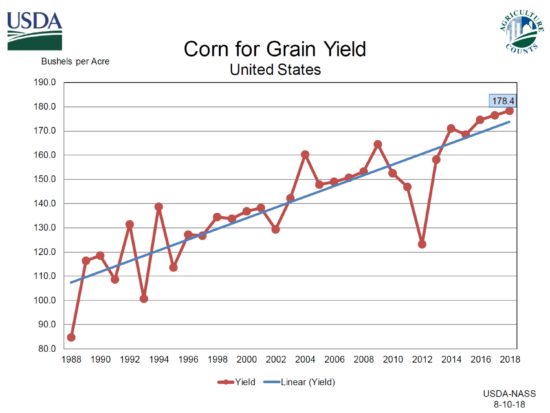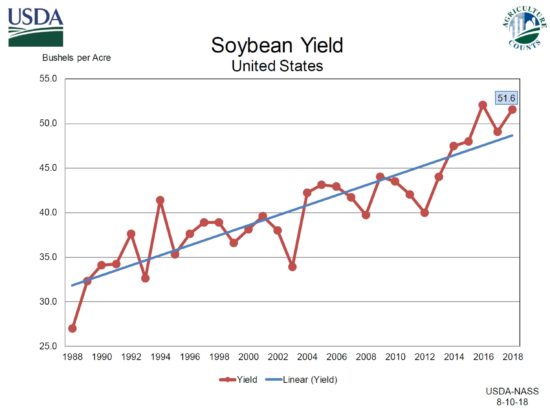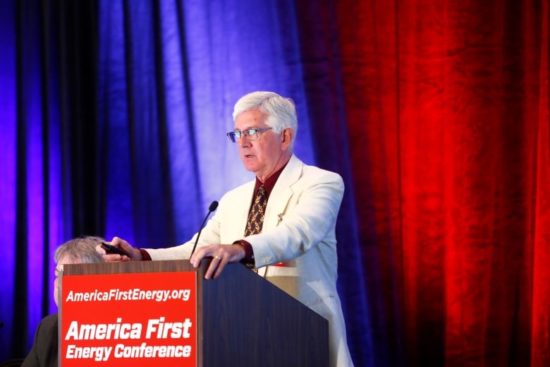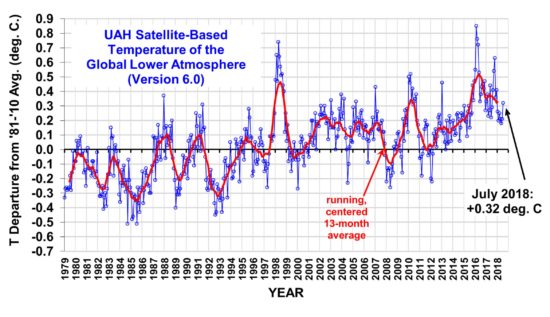A YouTube video making the rounds on social media (with over 27 million views!) describes a system of small wind turbines placed in the median between two lanes of traffic. The wind generated by the traffic spins the turbine blades and generates (a very small amount of) electricity:
https://www.facebook.com/InTheKnowWanderlustByAOL/videos/463043554144777/
The question is, does such a system recapture energy that would have been lost anyway?
The answer is NO.
When the blades turn to generate electricity, they are slowing the wind generated by the moving traffic. That creates additional wind resistance, which increases aerodynamic drag on the cars, and reduces their gas mileage. In effect, the turbines are stealing energy from the cars and converting it to electricity.
No, it’s not like regenerative breaking in hybrid cars, nor is it like turbochargers. It’s forcing the car to do more work than it would have otherwise done… and inefficiently converting that extra work into another form of energy. Wouldn’t the cars have lost energy through aerodynamic drag anyway? Yes! But this system INCREASES the drag on the cars. It would be like putting a little wind turbine on the roof of the car and generating electricity that way. The electrical energy created would not be worth the gas you wasted to do it (unless you really needed the electricity…but that’s what car alternators are for, and they don’t run all the time anyway).
I’m pretty sure the system would waste energy, not save energy. That’s why I’m calling it a “scam”.
Here’s a short discussion by some engineers who come to the same conclusion.

 Home/Blog
Home/Blog